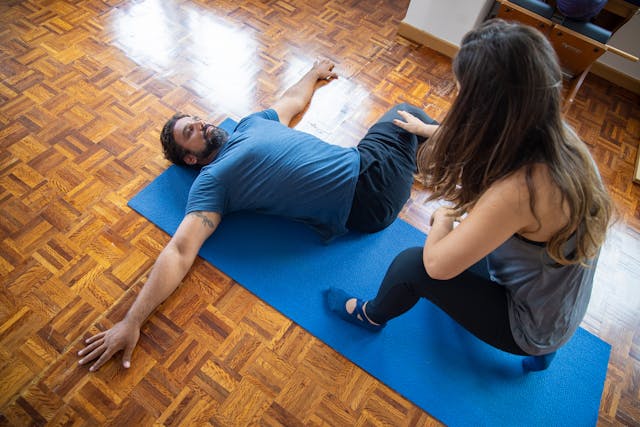Injuries are a common part of the journey for athletes and active individuals. Sports medicine has advanced, providing evidence-based rehabilitation techniques to optimize recovery and enhance overall performance. Understanding treatment options and rehabilitation approaches helps those dealing with sports-related injuries. By combining traditional methods with innovative strategies, sports medicine effectively supports the healing process.
Sports Medicine Rehabilitation
Restoring function, reducing pain, and preventing future injuries are the main goals of sports medicine rehabilitation. The process begins with a detailed assessment to evaluate the injury and develop a personalized treatment plan. Using specialized tools and techniques, sports medicine experts address the unique needs of each patient, treating the injury and tackling any underlying causes.
Conservative Treatment Approaches
Rest is a key part of sports injury rehabilitation, involving the temporary reduction or modification of activities that could worsen the injury. Instead of complete inactivity, rest now emphasizes relative rest, where harmful movements are avoided while maintaining overall fitness through alternative exercises. This approach helps individuals stay active and preserve cardiovascular fitness and muscle strength in unaffected areas while recovering.
Thermal therapy, like using ice or heat, is a common practice in sports medicine. Ice is usually used right after an injury to reduce swelling and ease pain. It’s most effective when applied for 20 – 30 minutes at a time, several times a day. Heat therapy, on the other hand, is better for later stages of recovery. It helps improve blood flow and makes tissues more flexible, preparing the body for therapeutic exercises.
Braces stabilize injured joints and prevent harmful movements during recovery. These devices range from simple elastic supports to custom-fitted braces designed for specific injuries and conditions. Patients typically use braces temporarily and phase them out as strength and stability improve. Healthcare providers determine the type of brace and how long it should be used based on the specific injury.
Physical Therapy Integration
Physical therapy plays a key role in sports medicine rehabilitation, helping athletes recover and regain function. Licensed physical therapists design personalized programs to address specific needs, such as strength deficits, mobility issues, and functional impairments. These programs typically progress through phases, starting with foundational exercises and moving toward sport-specific movements. Each phase is adjusted based on individual progress and recovery.
Therapeutic exercises often include a range of motion activities, strengthening exercises, balance training, and neuromuscular re-education. Progress is monitored, and exercises are adjusted based on the individual’s healing and response. This approach aligns therapy with the unique needs of each athlete, promoting recovery.
Pain Management Strategies
Pain management in sports medicine often starts with over-the-counter medications like acetaminophen and NSAIDs for mild to moderate pain. For severe pain, prescription options may be recommended based on medical history. Treatment varies depending on the individual’s condition.
Injection therapies help manage pain and inflammation by providing targeted relief. Corticosteroid injections treat joints or soft tissues, while hyaluronic acid and trigger point injections address joint and muscle pain. The choice depends on the injury type, severity, and response to other treatments.
Move Forward with Recovery
Sport rehabilitation uses a mix of treatments to promote recovery. Rest, thermal therapy, bracing, physical therapy, and pain management work together to address injuries. Tailored programs created by healthcare professionals meet individual needs. This approach aids recovery, prevents future injuries, and supports athletic performance.

